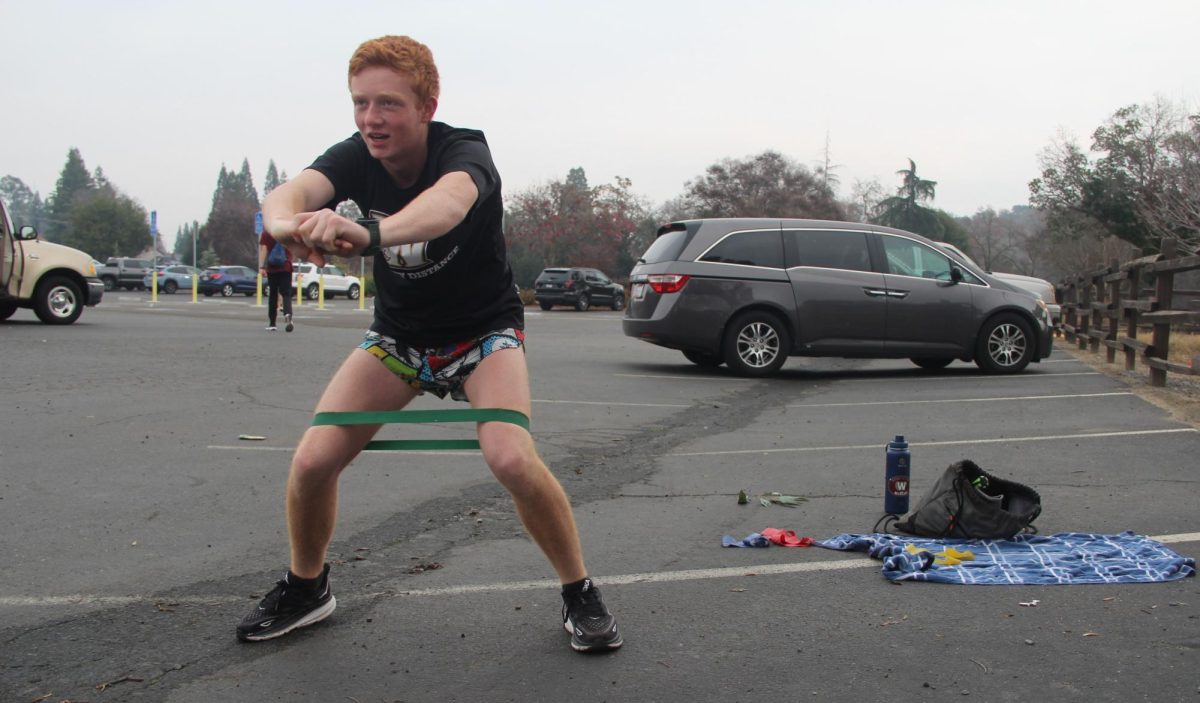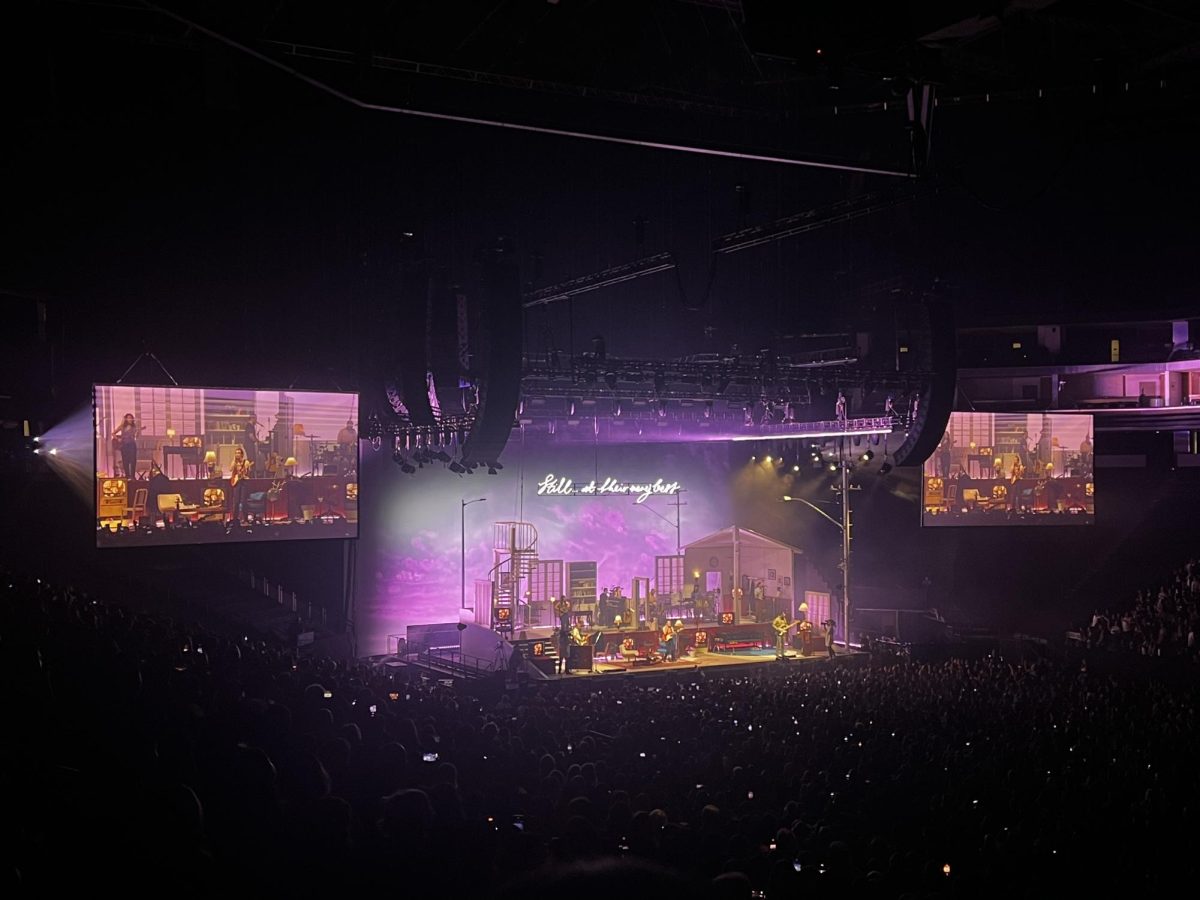
Pushing along my luggage cart while trying not to hit the thousands of other people scattered around the Delhi airport, I finally take my first breath of Indian air after three years.
Immediately the sights and sounds of Delhi swirled through my being like some sort of complex symphony. The constant blaring of car horns, the tangy smell of pollution, and all the people roaming around through the airport and streets, visual of the overpopulation at hand, hit my heart at it’s core. I didn’t feel like I was only here to attend my uncle’s wedding; I was in my home away from home.
I met with one of my uncles outside of the airport who called a cab to drive me and my sister to Chandigarh, the capital of the state of Punjab. The drive is about six to seven hours from Delhi, depending on how the traffic is. As soon as the cab was on the road, it merged in the random arrangement of cars on the road like a puzzle piece. Beggars and merchants selling little toys and Santa hats (because of the Christmas season) swarmed our car without delay, tapping the windows vigorously to hail our attention. They noticed we weren’t going to purchase their items or hand them money, so they left to other cars in the area.
At a stoplight, I noticed two girls sitting under a rusty-looking, seemingly unused bus stop. Their complexion was dark and there were noticeable calluses on the soles of their feet, probably from not having shoes. Their expressions were hard and tired from trying to sell the toys that lay on a tan-colored fabric at their feet. But they were adorned with bindis, bangles, earrings, anklets and necklaces. The bright, colorful saris that they wore were emblazoned with little rhinestones that reflected the beaming sunlight, and they couldn’t have been less than beautiful.
Upon reaching my house in Chandigarh, I couldn’t contain my excitement. The lights hanging from the second story from the house along with the frilly decor lining the front gates, staircases, and doors indicated the wedding celebrations to come. I greeted and conversed with the family until the end of the night, when crossing the International Date Line finally took its toll on me, and I went to bed.
The festivities prior to the wedding went on starting the next day. It was the last day of an Akhand Paath, the continuous reading of the Guru Granth Sahib (the Sikh scripture). There was langar (free community food, an integral concept in Sikhism) for all to enjoy, and the bride’s family came over to the house in order to meet with the family and shower the groom with money and blessings. A few days later was the ring ceremony between the bride and groom. Following that was a symbolic jaggo that was in a party hall. A jaggo happens in Punjabi villages when the family of the person getting married dance around the village at night with a dhol (large drum that you hang around your neck and play by banging the sides with certain kinds of sticks) to announce to everyone in the village that a wedding is happening the next day. A couple days later was my uncle’s wedding in a Gurdwara, the Sikh place of worship.
Sikh weddings are known as Anand Karaj, in which the bride follows the groom around the Guru Granth Sahib four times as priests sing hymns discussing virtues within a marriage. It’s a very short ceremony that concludes soon after the last walk taken.
Besides the wedding, I spent a lot of time shopping in a giant strip mall in Sector 17 of Chandigarh. The whole city is divided into sectors because of the way it was designed by European architects in 1947, post-Independence. There are lots of people in Sector 17 that have their little street shops selling toys, food, and jewelry. There is a certain area covered by an awning next to one of the parking lots riddled with people roasting peanuts on mini bonfires, selling them to people passing by. Adolescent boys walk around to sell bags of cotton candy attached to tall, looming wooden sticks, and there are some who sell various types of balloons, many which are in the shape of decorated elephants. A few men sometimes pester you to purchase sunglasses that they desperately try to pass off as Armani or Gucci, despite its clearly cheap appearance.
There aren’t as many beggars in this sector as there are in others, but there was a time when one girl followed us for several minutes asking us to buy her flour. I felt a lot of pity for her, because the store where she wanted flour probably wasn’t letting her in. That kind of behavior happens a lot with those who are poor. My uncles said it was better to ignore her, and they handed her fifty rupees so she could go away.
I’ve been to India a few times before, had fun, and went back home. That’s what I expected with this trip, but I was surprised to find it has been the experience in my life that changed me the most. Early in my arrival in the country, the biggest rape case in Delhi happened when a girl was severely gangraped and beaten in a bus and thrown on the side of a street half naked. This was on my mind a lot during my stay, and I read all the newspaper articles I could that detailed the incident.
At the same time, I was reading a book called Beautiful Thing: Inside the Secret World of Bombay’s Dance Bars by Indian journalist Sonia Faleiro. It opened up the realm of India where uneducated girls brought up in broken homes with corrupt parents found their way into making a living as bar dancers, as well as a look into the horrific sex trafficking industry as a whole.
These poignant pieces of a complicated web of problems that females have in India heightened my passion in the subject. As I looked around the place that I’m in, the place that has a reputation for being the fourth most dangerous country for women according to sources like PBS and Huffington Post, I realized how badly I want to help in the movements against such heavy discrimination of females not just in India, but globally as well. I realized how the stigmas affecting women also affect my own family in certain (albeit harmless) ways. I realized that the problems that exist against women are also part of problems that exist within humanity in general, and I saw it all in this little area I was in for two and a half weeks.
Most importantly, my love for Punjab grew. My love for India grew. Between dancing at the parties and eating street food, between chilling at home with the family and my self discoveries, between the best parts about the Indian subcontinent and the worst, I never felt closer to this place in my life. And as I stood at the half-finished library my late grandfather started in his village, I could hear his voice reminding me, with his funky pronunciation of the word “girl”, that I’m a “good grol”. Ultimately, this grol has never been happier.
by KAVLEEN SINGH






